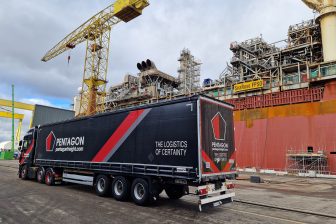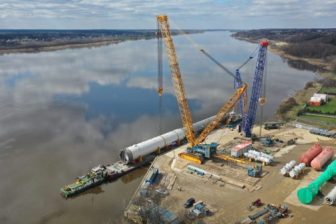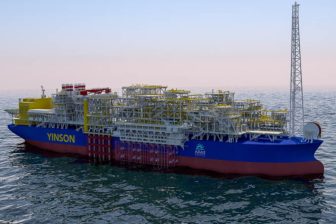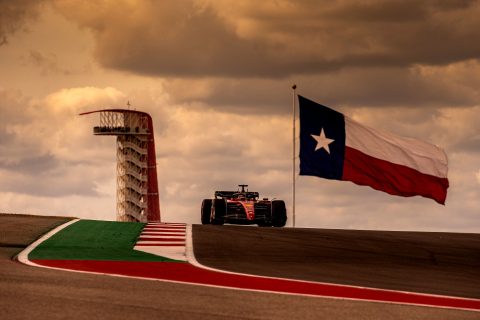
CEVA takes Scuderia Ferrari F1 team onto rail to cut CO2 emissions
The Formula 1 championship may have been decided with the Dutch superstar Max Verstappen winning his third title on the trot and RedBull wrapping up the constructors title, but the challenge of moving the fastest show on the planet remains as the US Grand Prix in Austin awaits.
In a world first for Formula 1, Scuderia Ferrari’s logistics partner CEVA Logistics has turned to rail to move the team’s equipment across North America. There are three North American F1 Grand Prix to come this year and CEVA has engineered a rail transport solution for the Scuderia to reduce carbon emissions.
CEVA said it has been transforming the Scuderia Ferrari logistics program since the beginning of their partnership in 2022. The flow of the six separate 45-ton equipment kits that traverse the globe has transitioned away from air freight to a primary combination of ocean and road freight as CEVA ensures the equipment reaches each of the 23 Grand Prix racing venues on time.
For the 2023 season, the global logistics player proposed a new solution, to transport the equipment kit by train in North America to reduce the transport’s carbon emissions. Packed in six 53-foot (16-meter) containers, the race equipment travelled approximately 2,000 miles from Montreal, Canada, to Austin, Texas, and will travel another nearly 2,000 miles from Austin to Las Vegas, Nevada.
CEVA’s project team calculated that the solution incorporating rail segments between the three F1 races reduced carbon emissions by 90 per cent compared to the equivalent journey by air and 32 per cent versus an all-road, trucking solution.
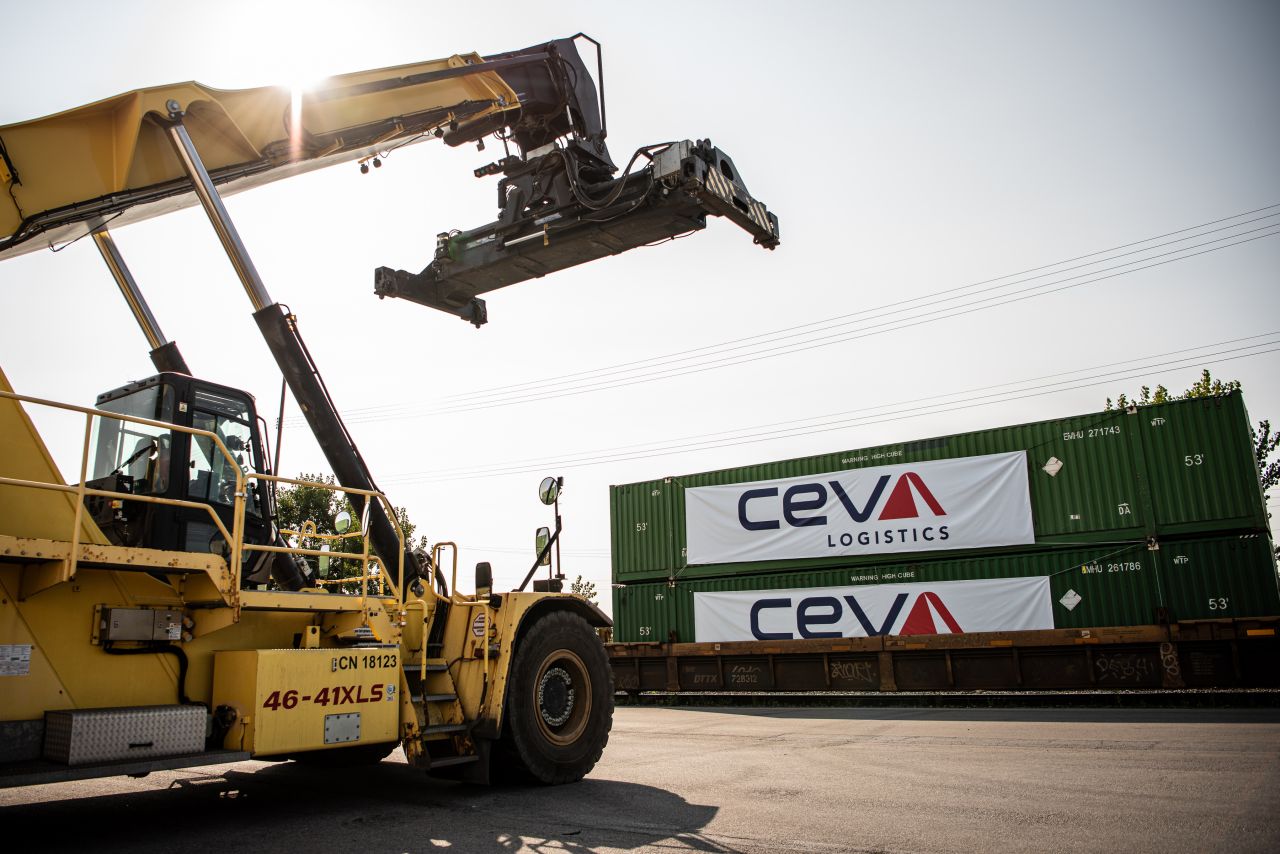
The right routing
Finding the right routing to connect the various kits between races is an intricate logistics puzzle, but the extensive rail network across the U.S. makes the solution possible, CEVA said. Its project team partnered with rail companies to synchronize the rail transport precisely with the Formula 1 Grand Prix schedule.
The rail transport for Scuderia Ferrari in North America is being combined with road transport from the rail terminal points. Coordination between these different modes requires strict management to ensure the smooth transition of goods from one mode to another. Moving equipment by train also calls for specialized handling, coordination and proactive contingency planning on the part of CEVA’s project team to ensure that everything arrives on time.
For example, the equipment travelling from Montreal to Las Vegas via Austin required storage and road transport between CEVA’s Dallas hub location and the Austin Grand Prix venue and will require the same treatment between CEVA’s Los Angeles facility and the Las Vegas Grand Prix racetrack.
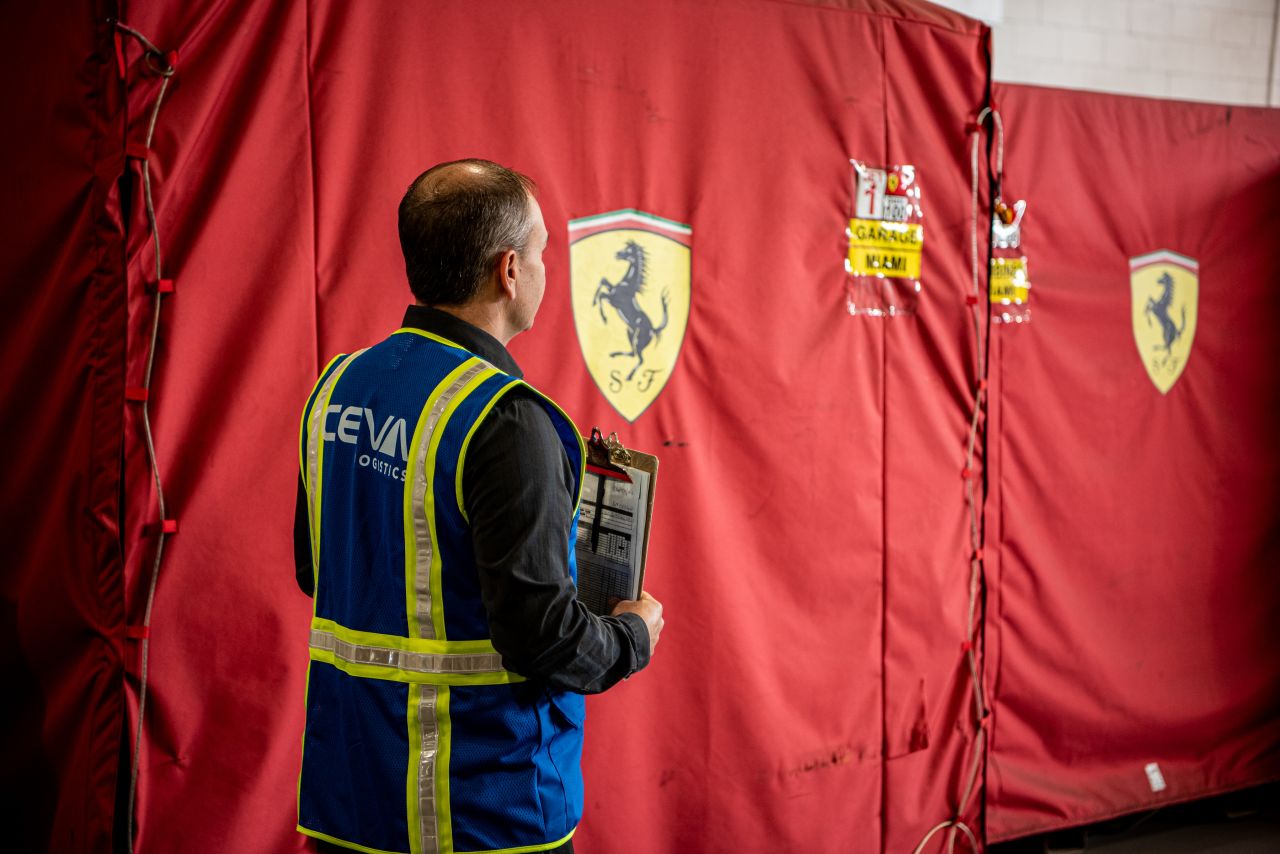
Mathieu Friedberg, CEO of CEVA Logistics said, “The partnership with Scuderia Ferrari underlines the trust that major brands place in us to provide leading solutions, and this trial demonstrates how sustainability improvements in logistics can significantly reduce carbon emissions for Formula 1 and beyond.
Frédéric Vasseur, Team Principal & General Manager of Scuderia Ferrari, said, “Slashing CO2 emissions in the logistical chain of motorsport, and beyond, presents many challenges. This pilot project with CEVA Logistics is very interesting in terms of transport decarbonisation, but we’re not stopping here: we’ll continue to research new sustainable solutions. To achieve climate targets, constant dialogue with partners and experimentation are more important than ever.”
You just read one of our premium articles free of charge
Register now to keep reading premium articles.


